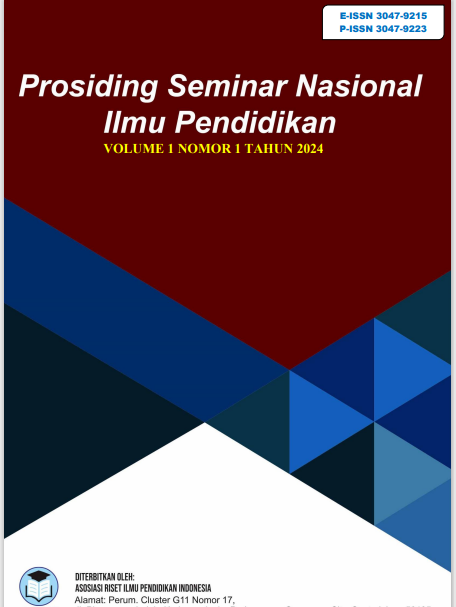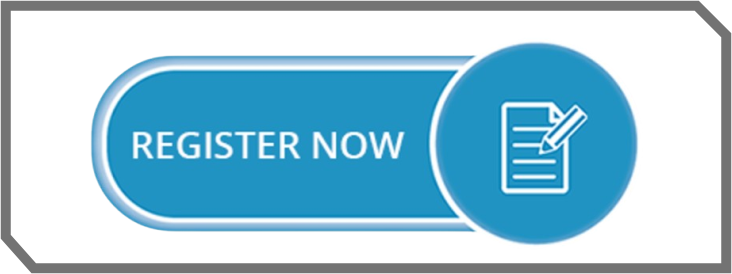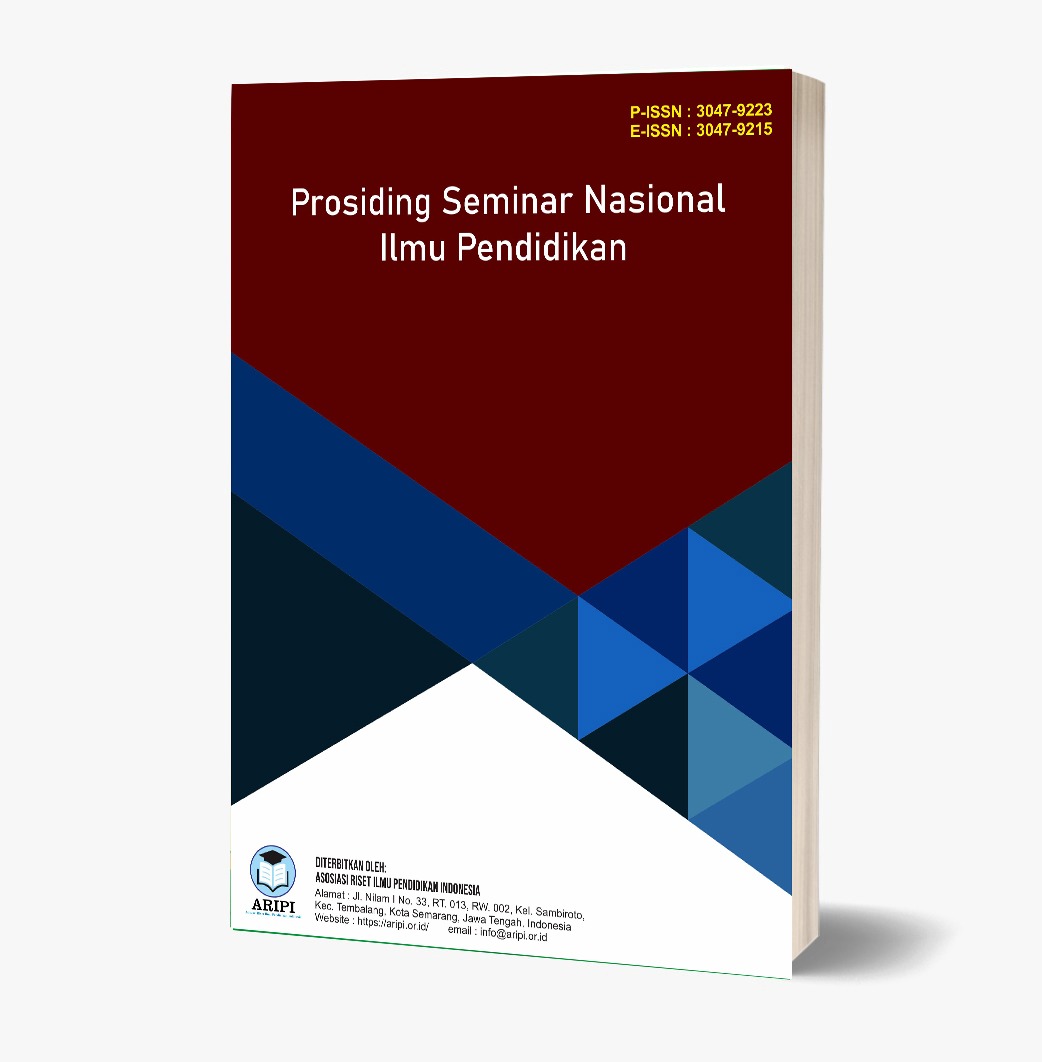Analisis Gerakan Politik Hijau WALHI Melalui Media Sosial Instagram dalam Mewujudkan Kesadaran Lingkungan
DOI:
https://doi.org/10.62951/prosemnasipi.v2i1.136Keywords:
environmental movement, ecological crisis, social mediaAbstract
This research analyzes the role of Instagram social media in shaping digital public space for the Indonesian Forum for the Environment (WALHI) environmental movement. The main focus of this study is how the @walhi.national account mobilizes discourse, solidarity, and collective action in contemporary ecological issues, with a theoretical approach that refers to Sidney Tarrow's Cycle of Contention framework (1994). The analysis shows that WALHI utilizes Instagram as a means to respond to political moments and ecological crises, such as the Rempang conflict (2023) and the rejection of the Trenggalek gold mine (#TolakTambangTrenggalek). The initial phase was characterized by the outbreak of political opportunities through controversial policies. WALHI then mobilized, framed and diffused action through the spread of visual narratives and hashtag campaigns that expanded solidarity. In the final phase, WALHI as an organization has undergone a transformation process from a field-based advocacy movement to a professional, strategic and technology-adaptive digital actor. WALHI through @walhi.national together with various parties such as volunteers, academics, communities and the public have contributed to encouraging institutional advocacy and redrafting policy discourse related to the environment. This study concludes that social media is not only a tool for information dissemination, but also a field of political articulation that can strengthen or challenge power structures in the contestation cycle. Instagram becomes an important arena for WALHI in maintaining moral legitimacy and expanding the environmental movement to a more inclusive and connected level.
References
Bennett, W. L., & Segerberg, A. (2013). The logic of connective action: Digital media and the personalization of contentious politics. Cambridge University Press.
Castells, M. (2012). Networks of outrage and hope: Social movements in the internet age. Polity Press.
Hapsari, D. R. (2014). Peran media baru dalam perkembangan gerakan sosial. Ikatan Sarjana Komunikasi Indonesia.
Jati, W. R. (2016). Cyberspace, internet, dan ruang publik baru: Aktivisme online politik kelas menengah Indonesia. Jurnal Pemikiran Sosiologi, 3(1), 25–35. https://doi.org/10.22146/jps.v3i1.23524
Kemp, S. (2023, Februari 15). Digital 2023: Indonesia. DataReportal. https://datareportal.com/reports/digital2023-indonesia
Kietzmann, J. H., Hermkens, K., McCarthy, I. P., & Silvestre, B. S. (2011). Social media? Get serious! Understanding the functional building blocks of social media. Business Horizons, 54(3), 241–251.
Lisanto, A. G., Zuhri, S., Claretta, D., & Suratnoaji, C. (2016). Peran akun Instagram @dr.tirta sebagai influencer dalam edukasi pencegahan COVID-19 di media sosial Instagram (Analisis isi konten Instagram @dr.tirta). Linimasa: Jurnal Ilmu Komunikasi, 6(1), 1–23.
Sugiyono. (2013). Metode penelitian kuantitatif, kualitatif, dan R&D. Alfabeta.
Tarrow, S. (1994). Power in movement: Social movements, collective action and politics. Cambridge University Press.
WALHI. (2021–2024). Kampanye digital dan arsip media sosial @walhi.
Downloads
Published
How to Cite
Issue
Section
License
Copyright (c) 2025 Prosiding Seminar Nasional Ilmu Pendidikan

This work is licensed under a Creative Commons Attribution-ShareAlike 4.0 International License.







